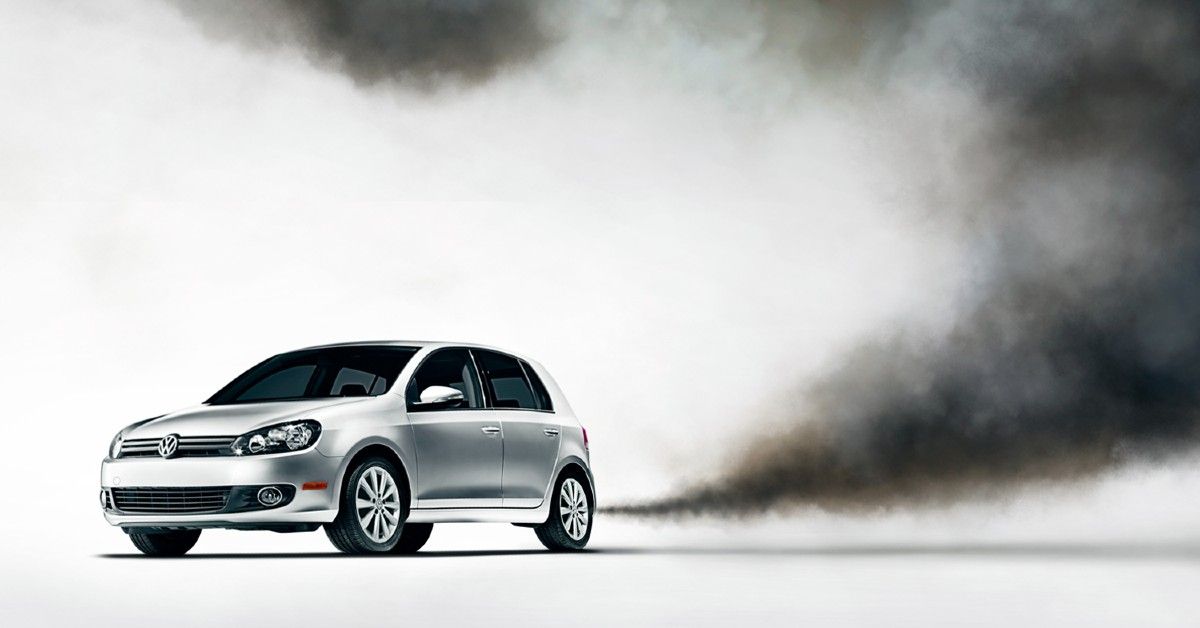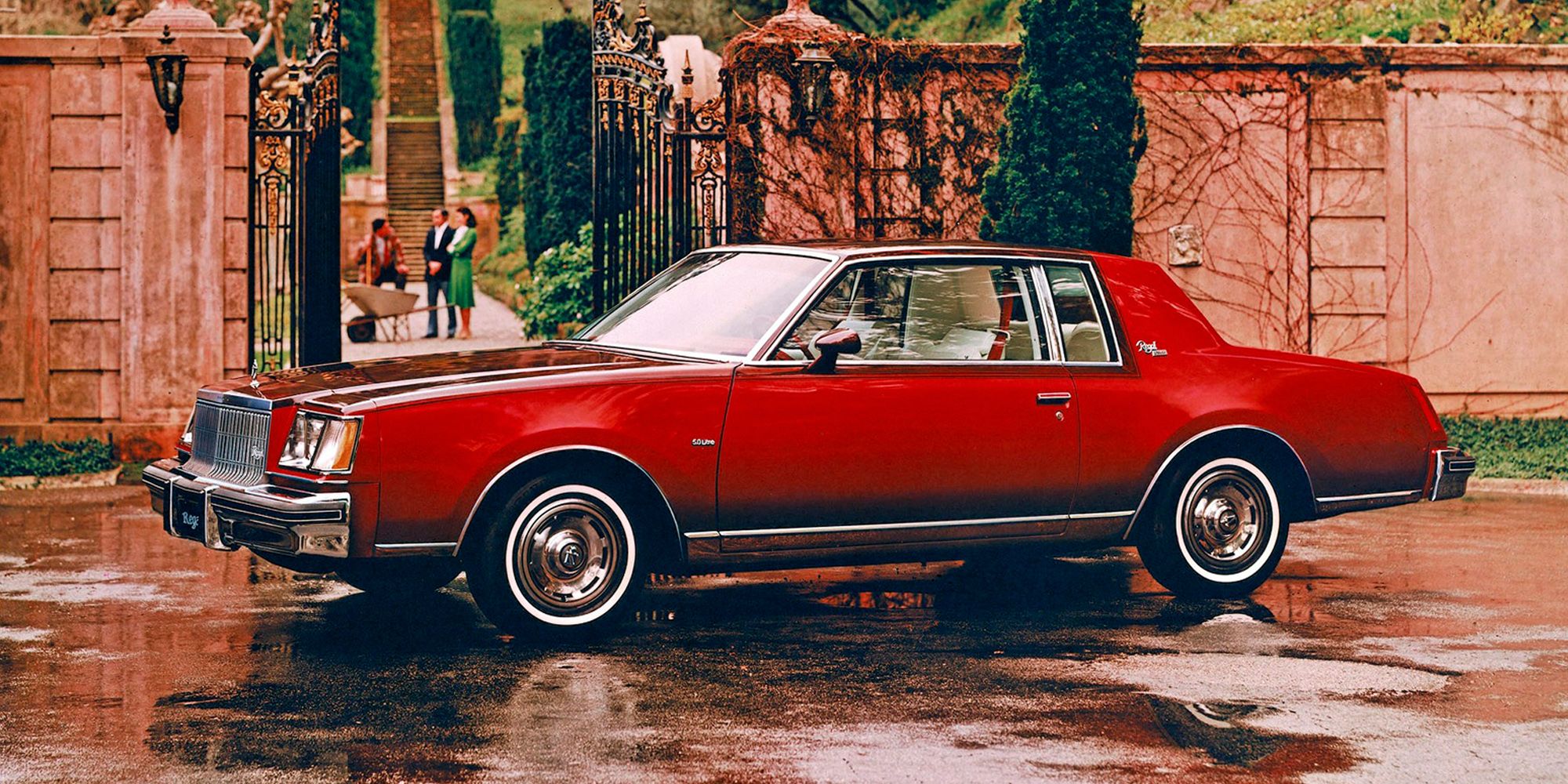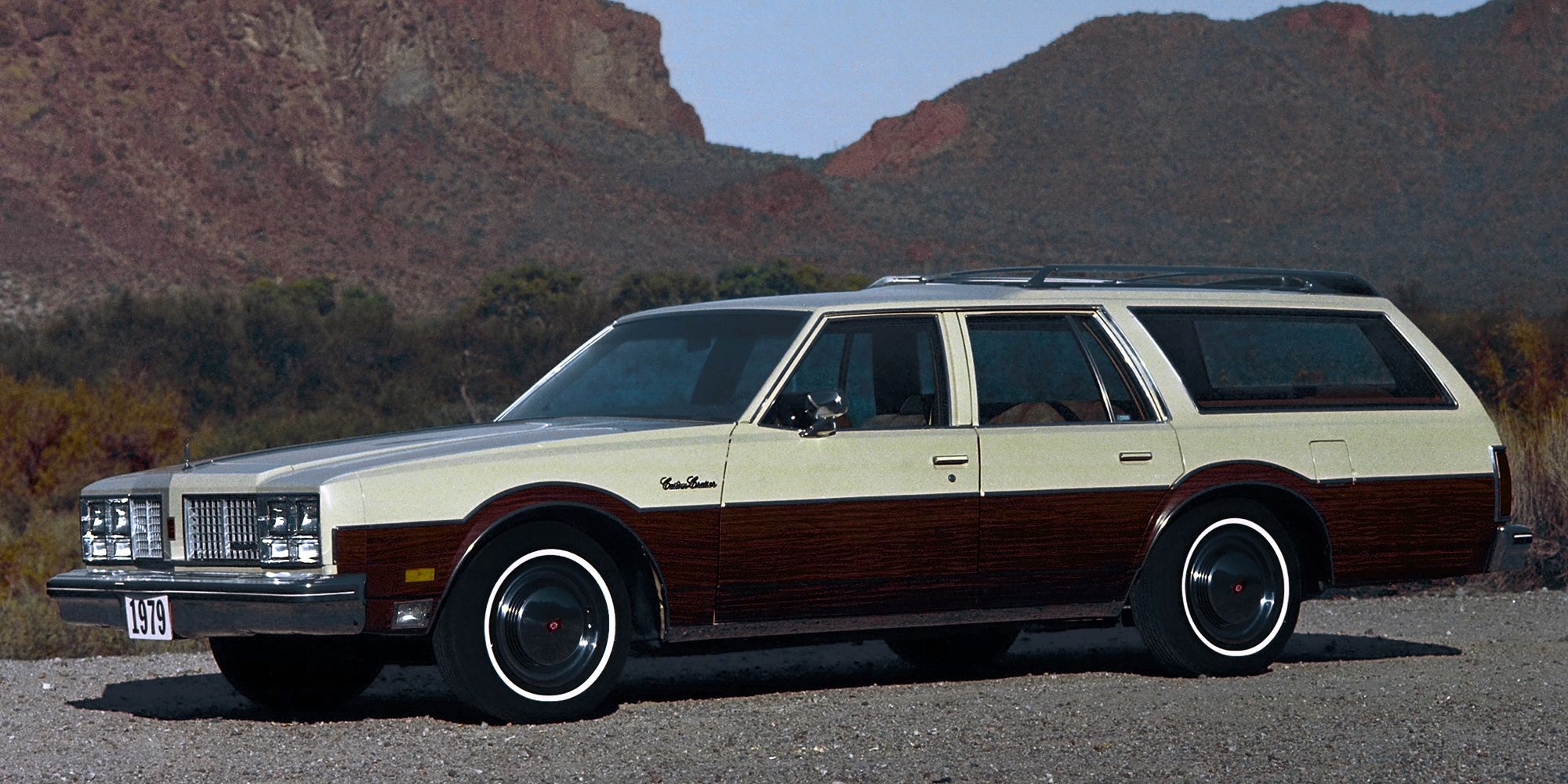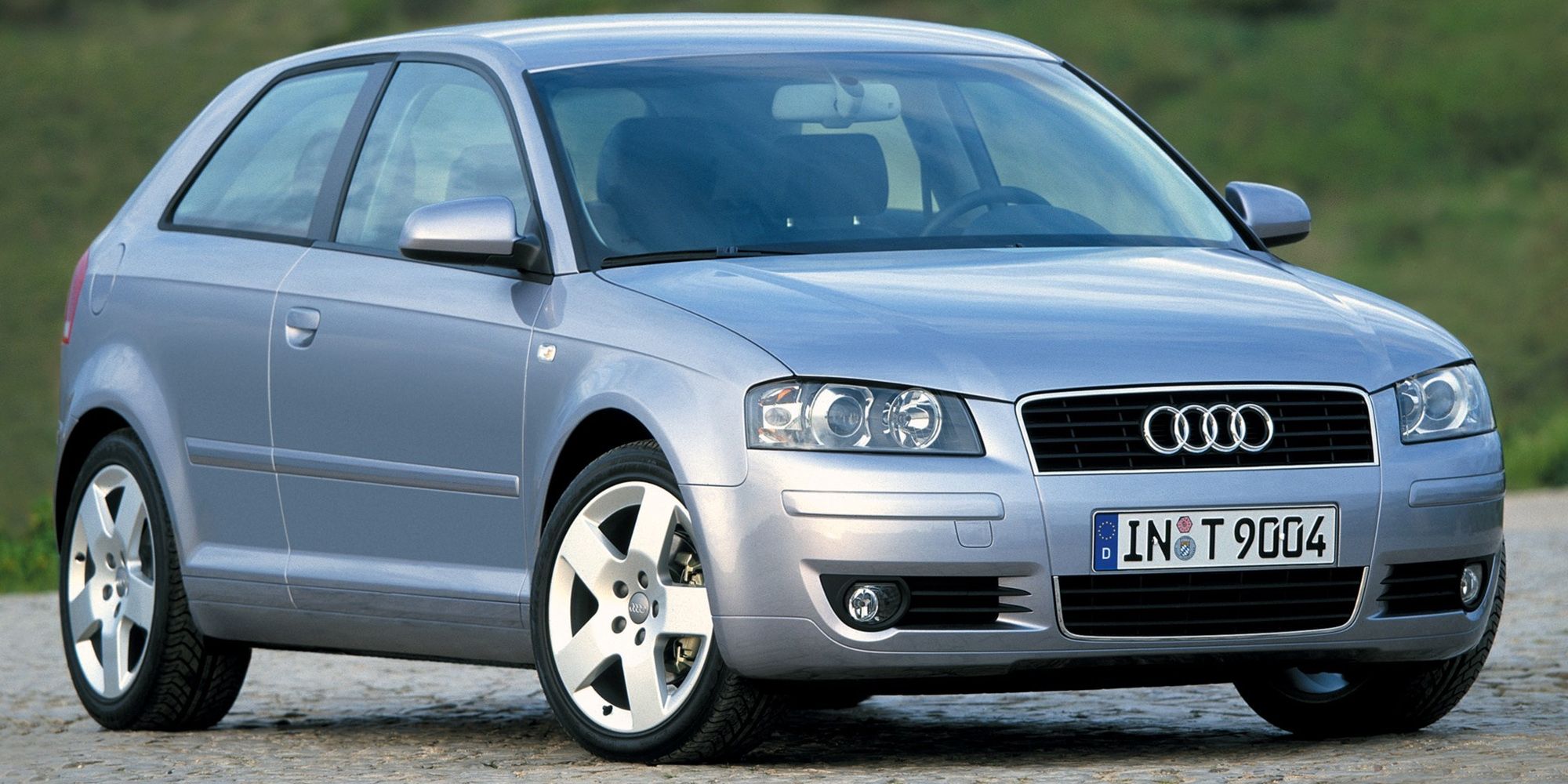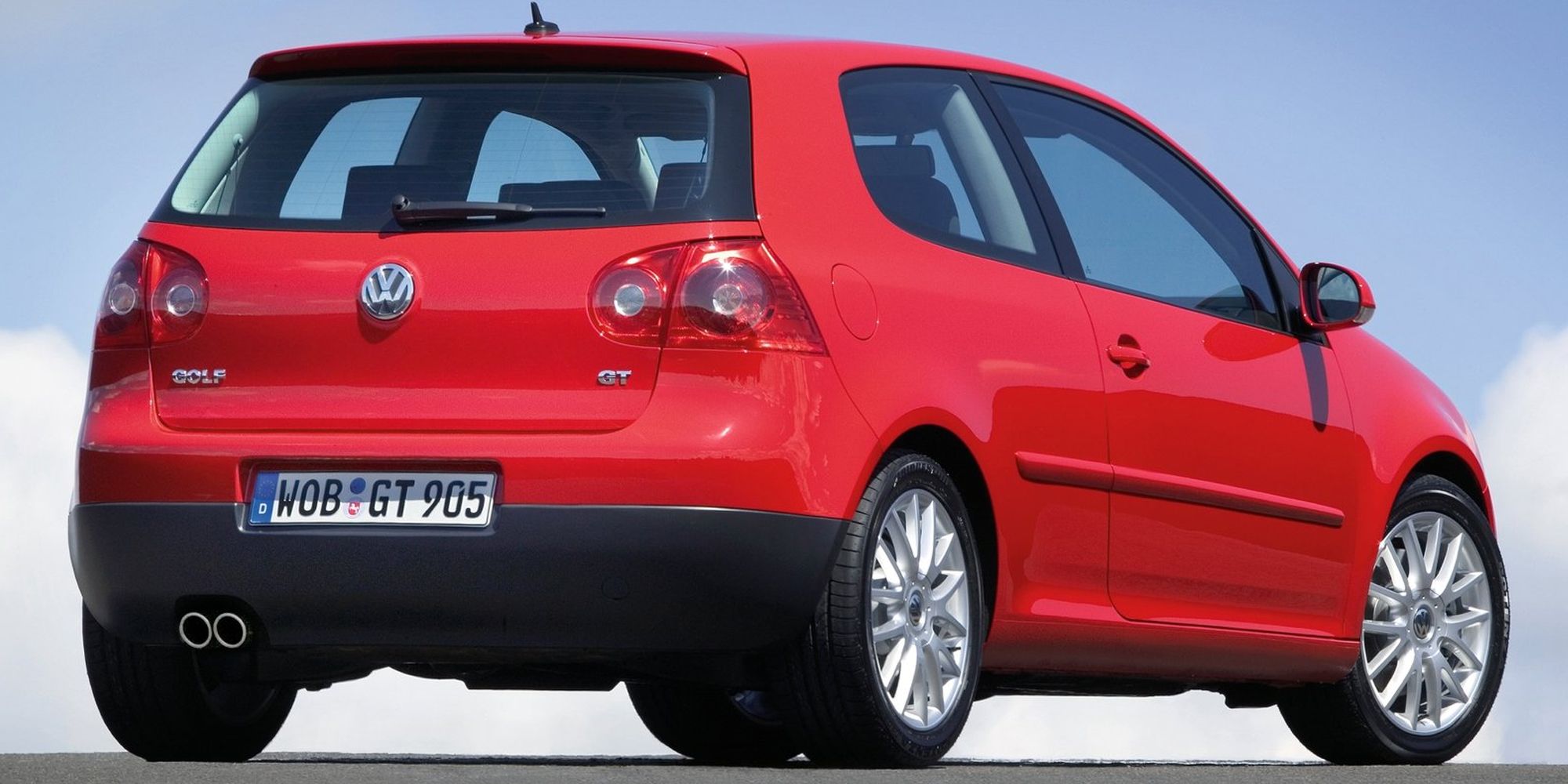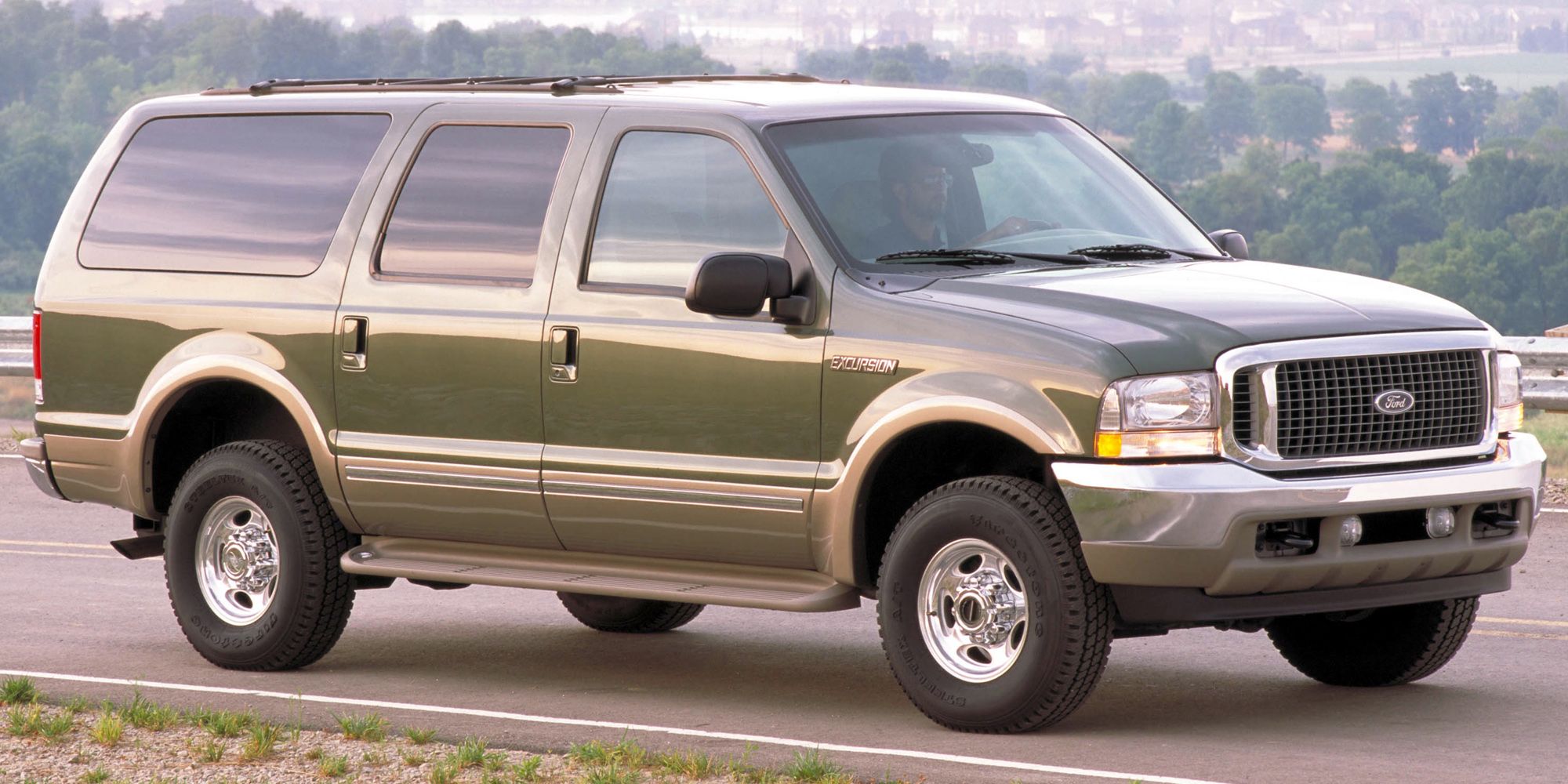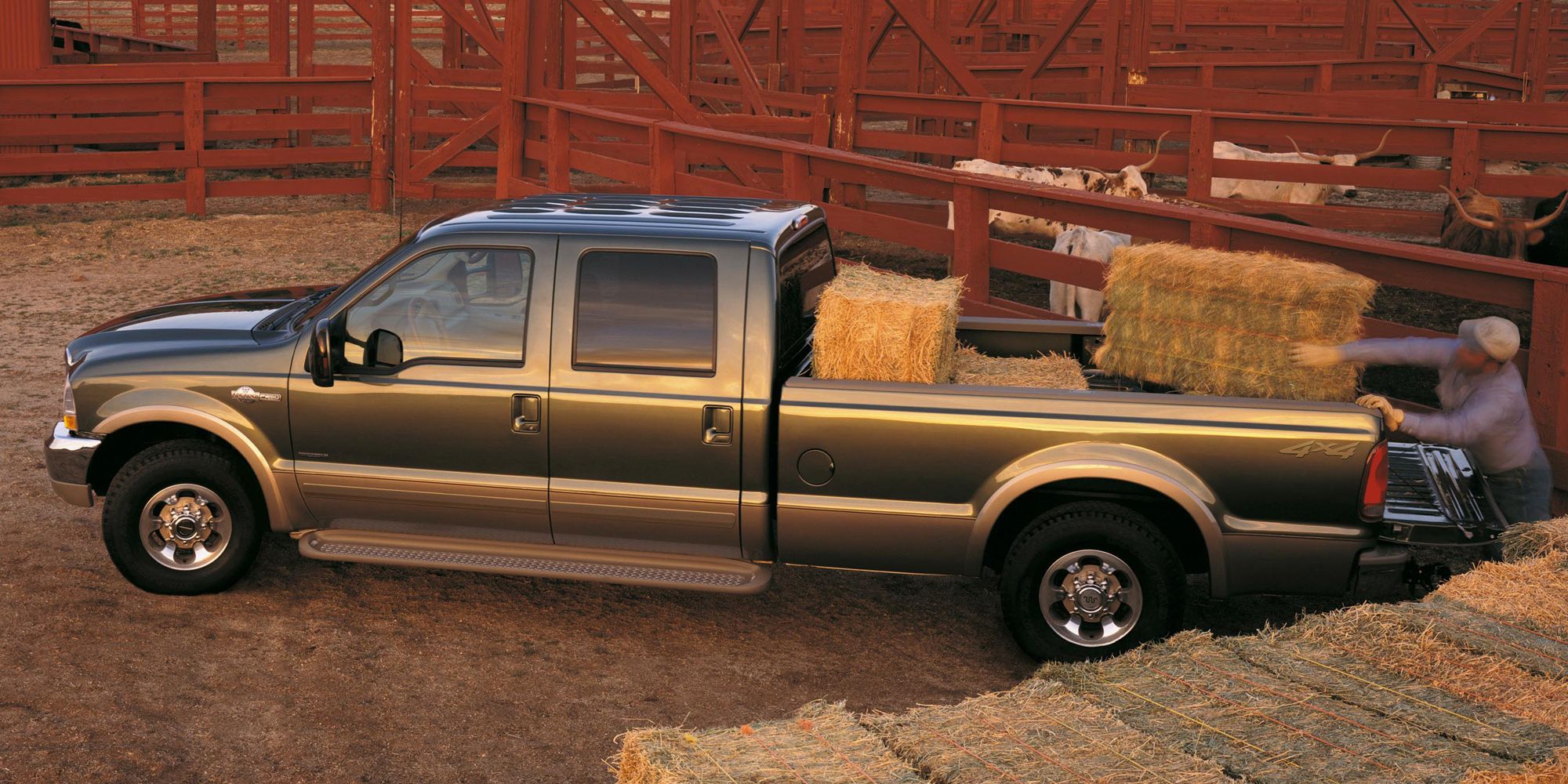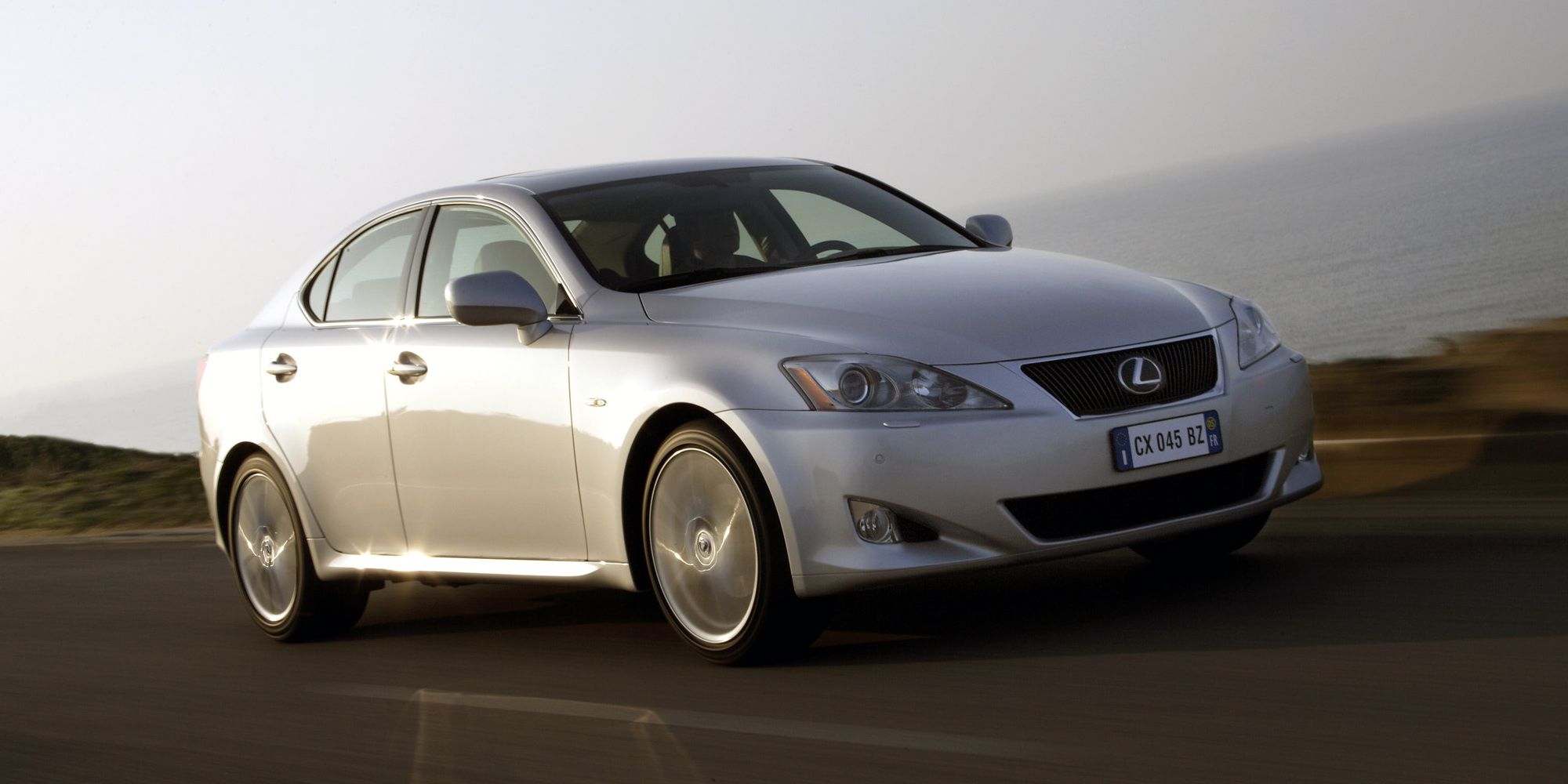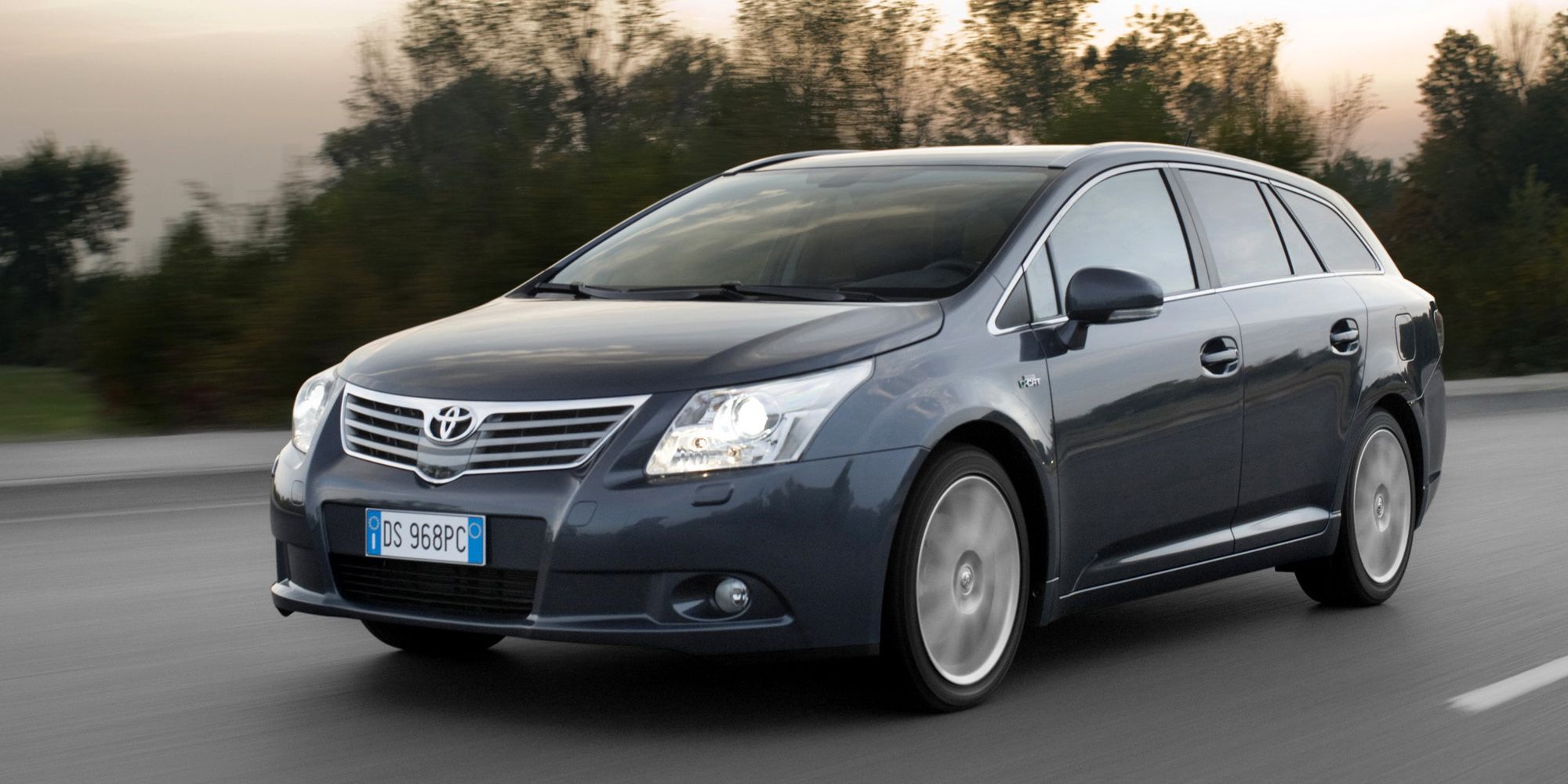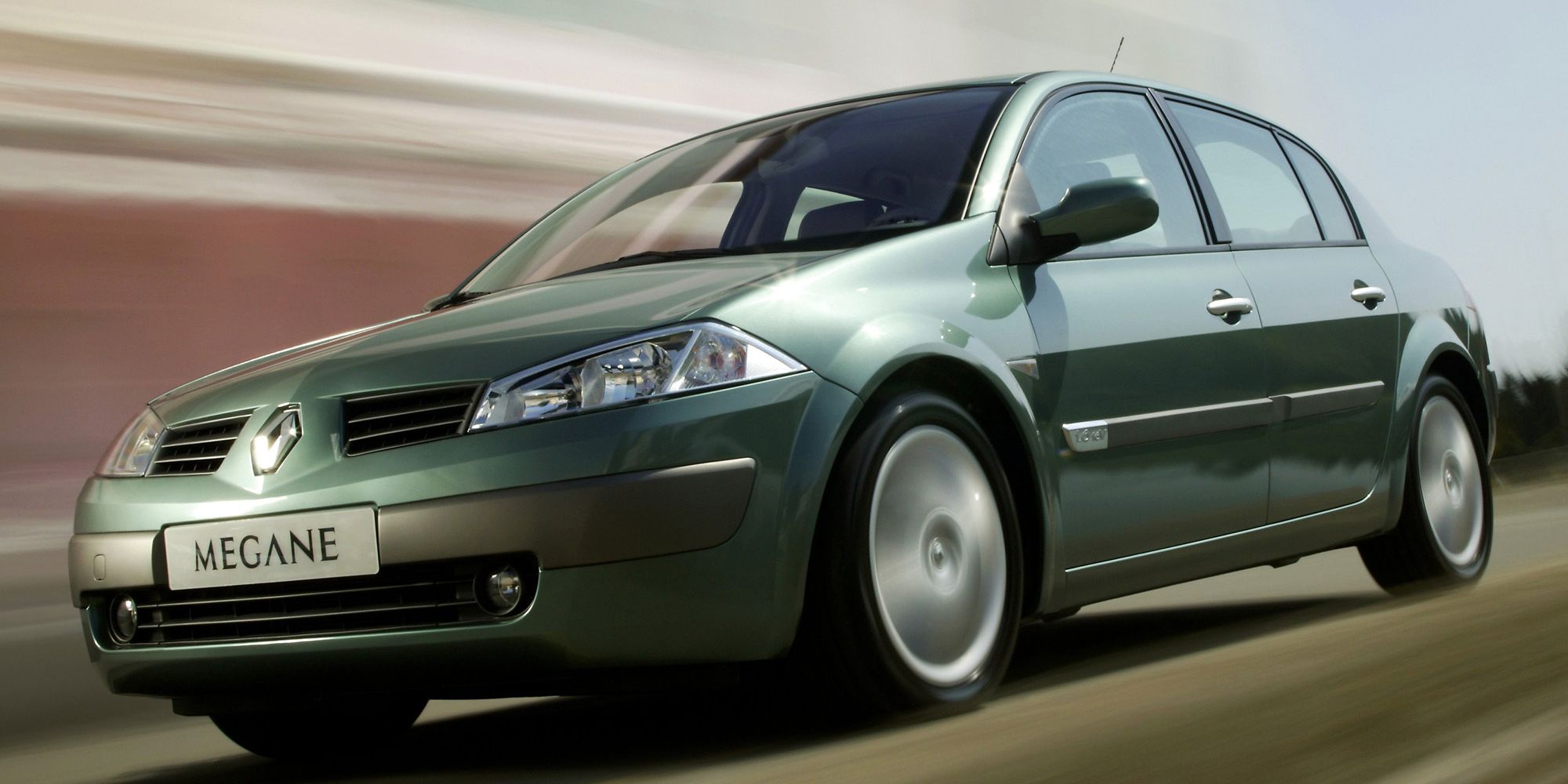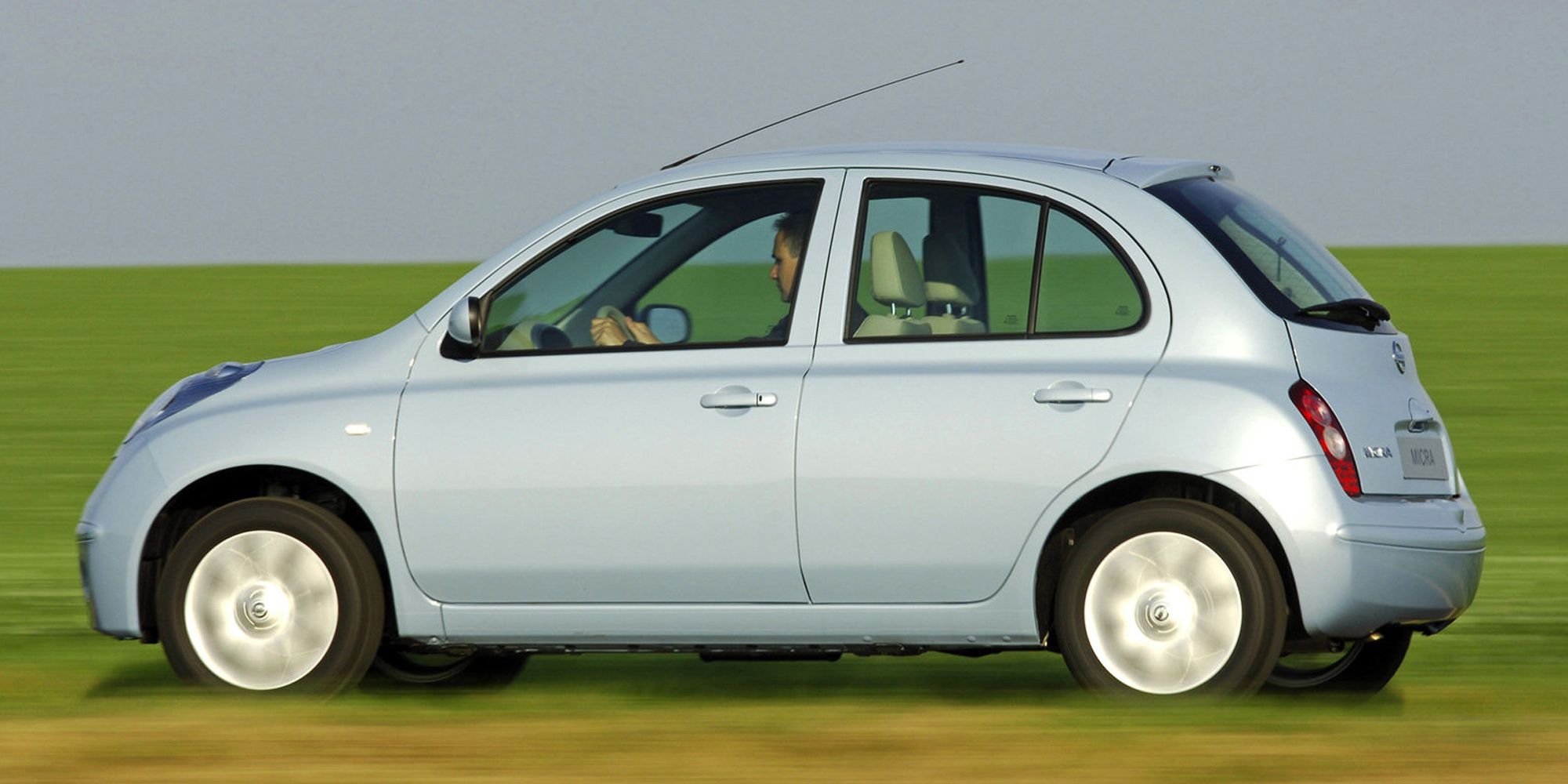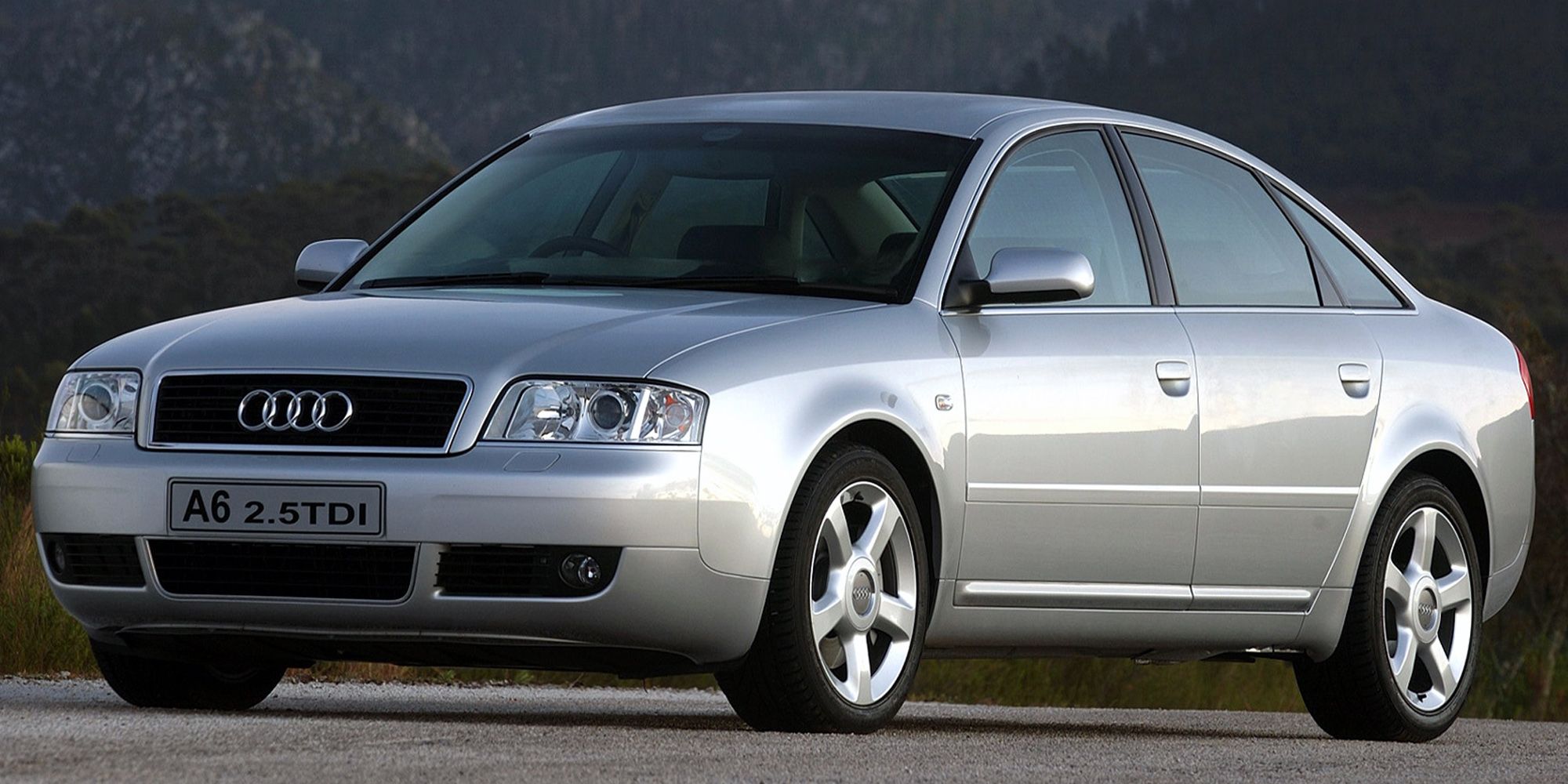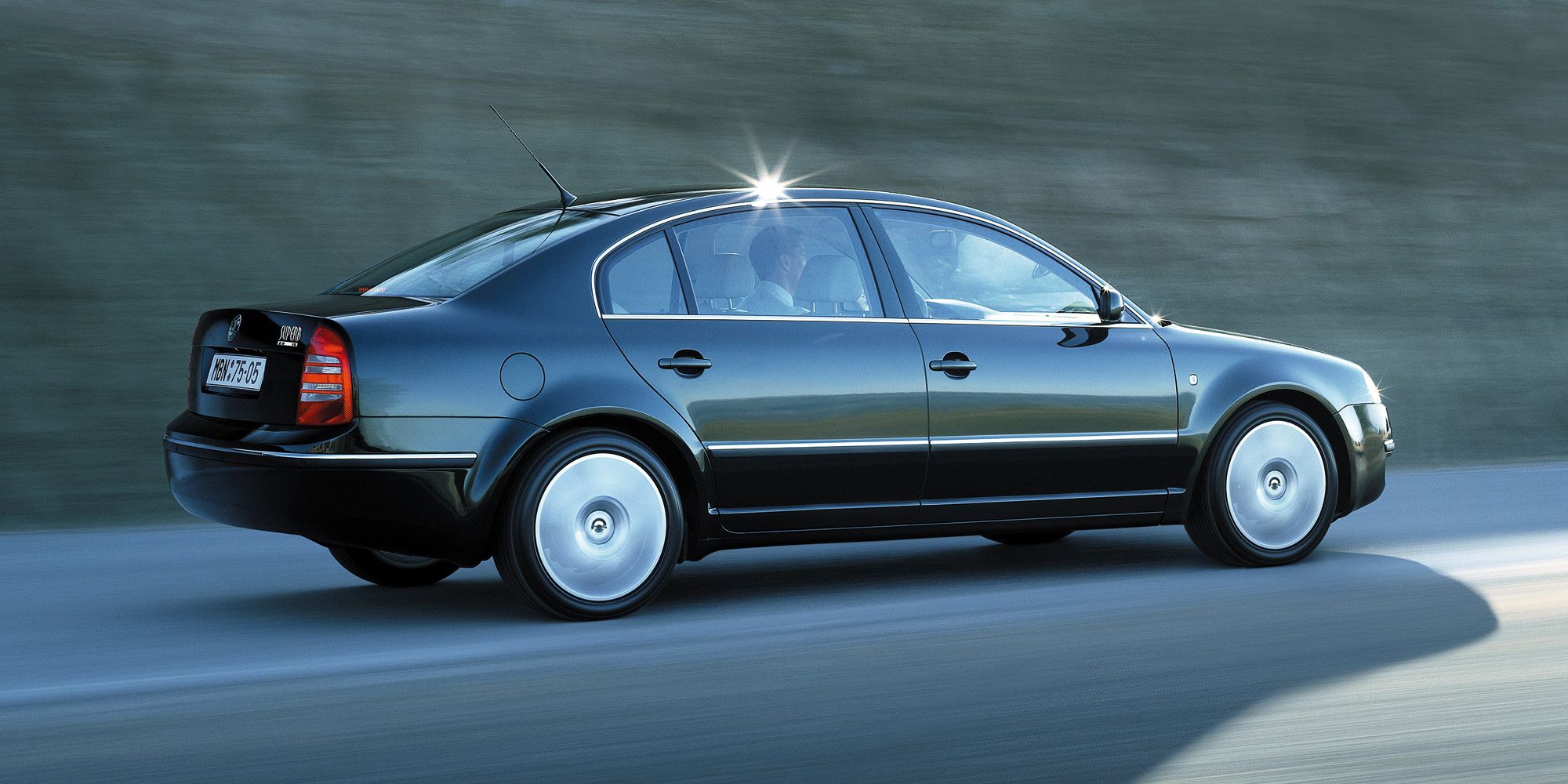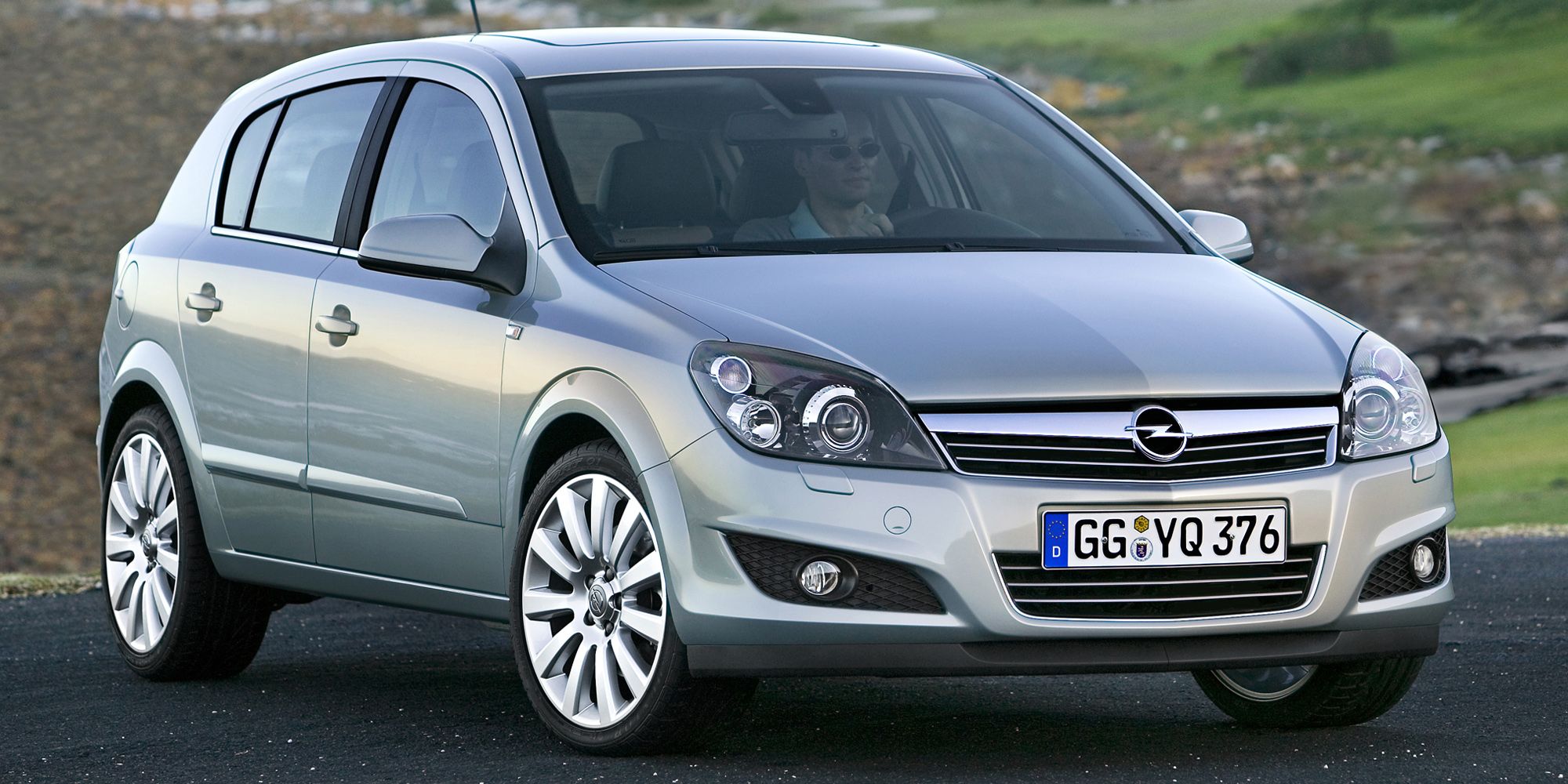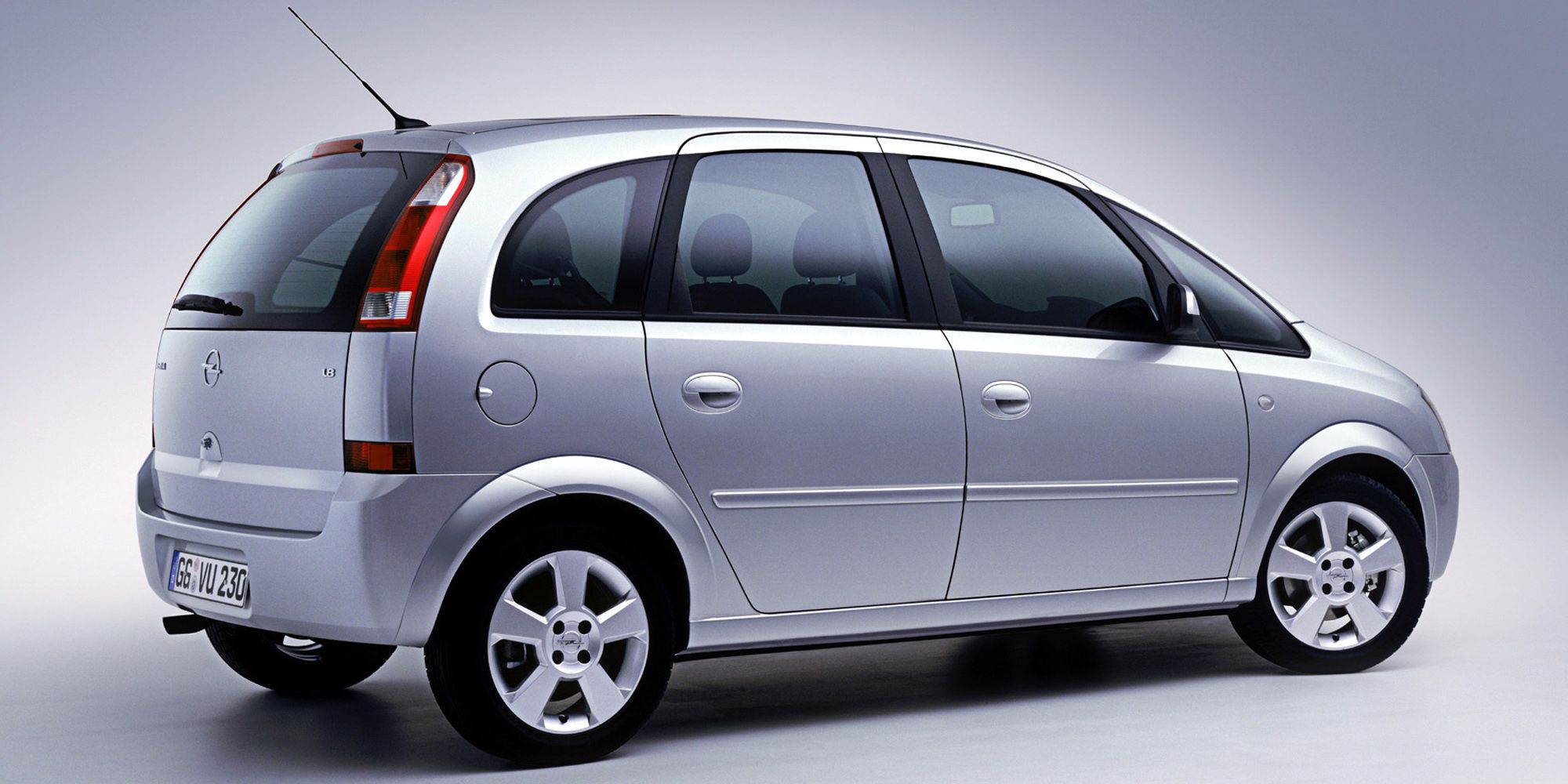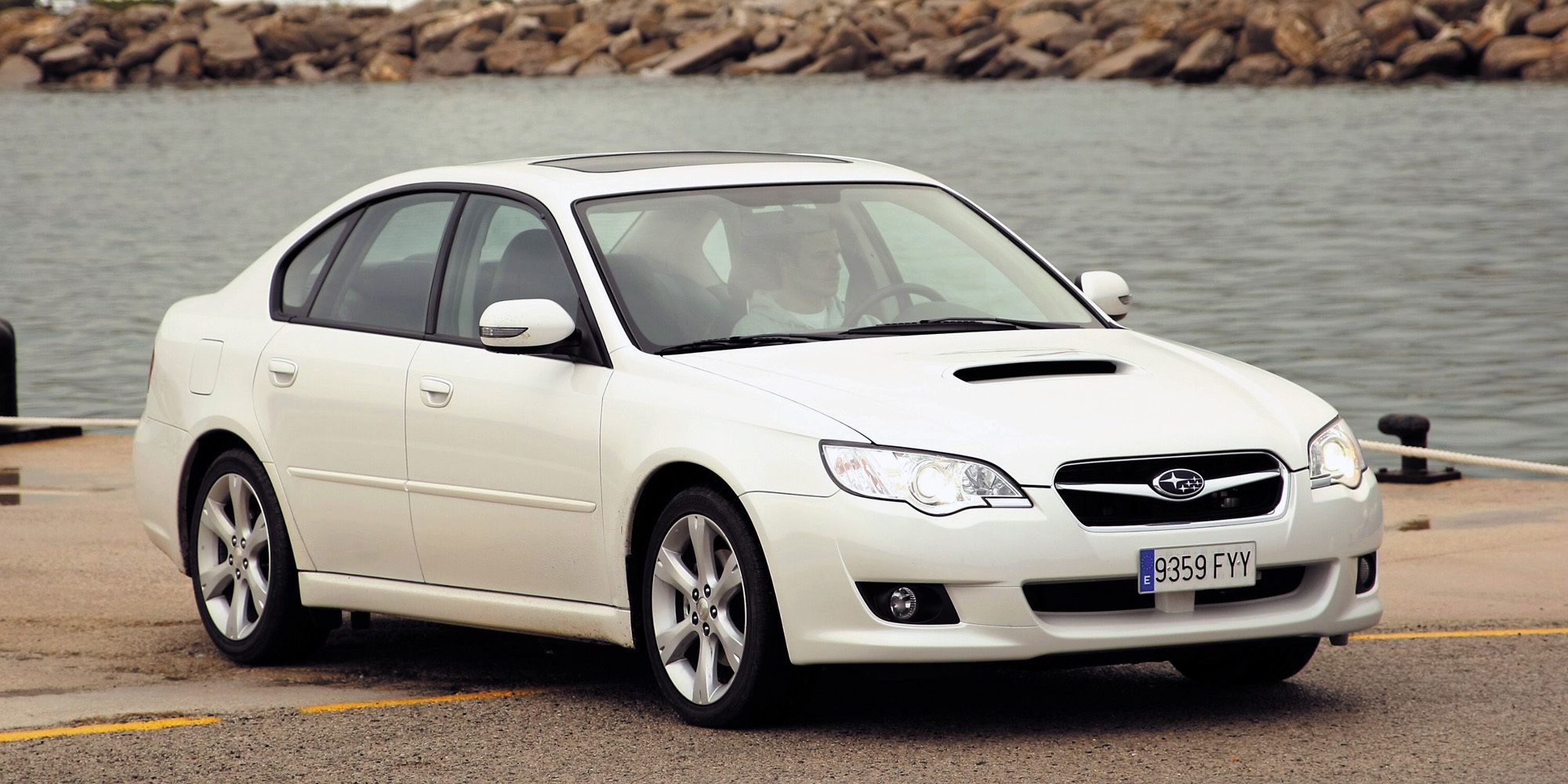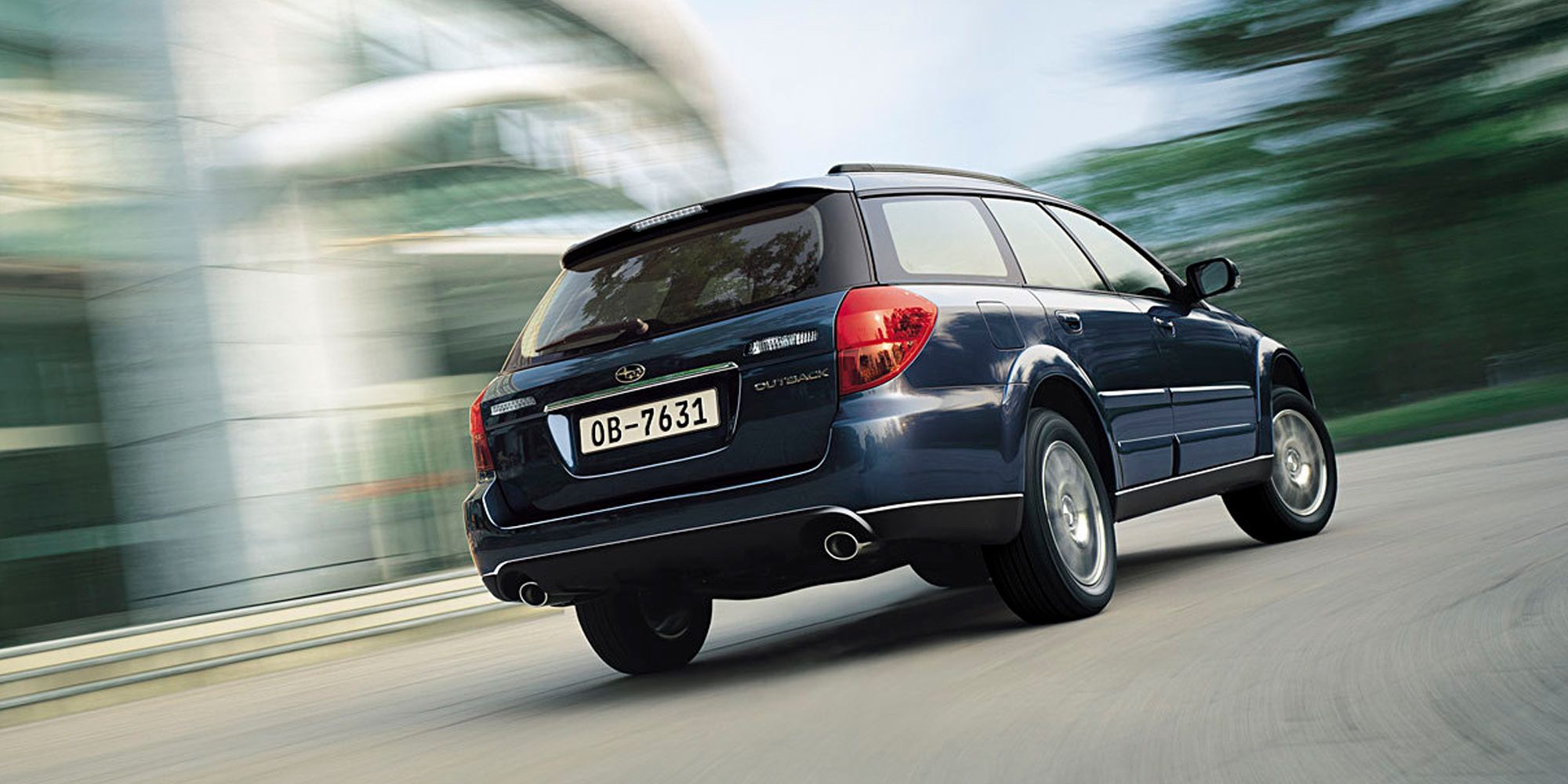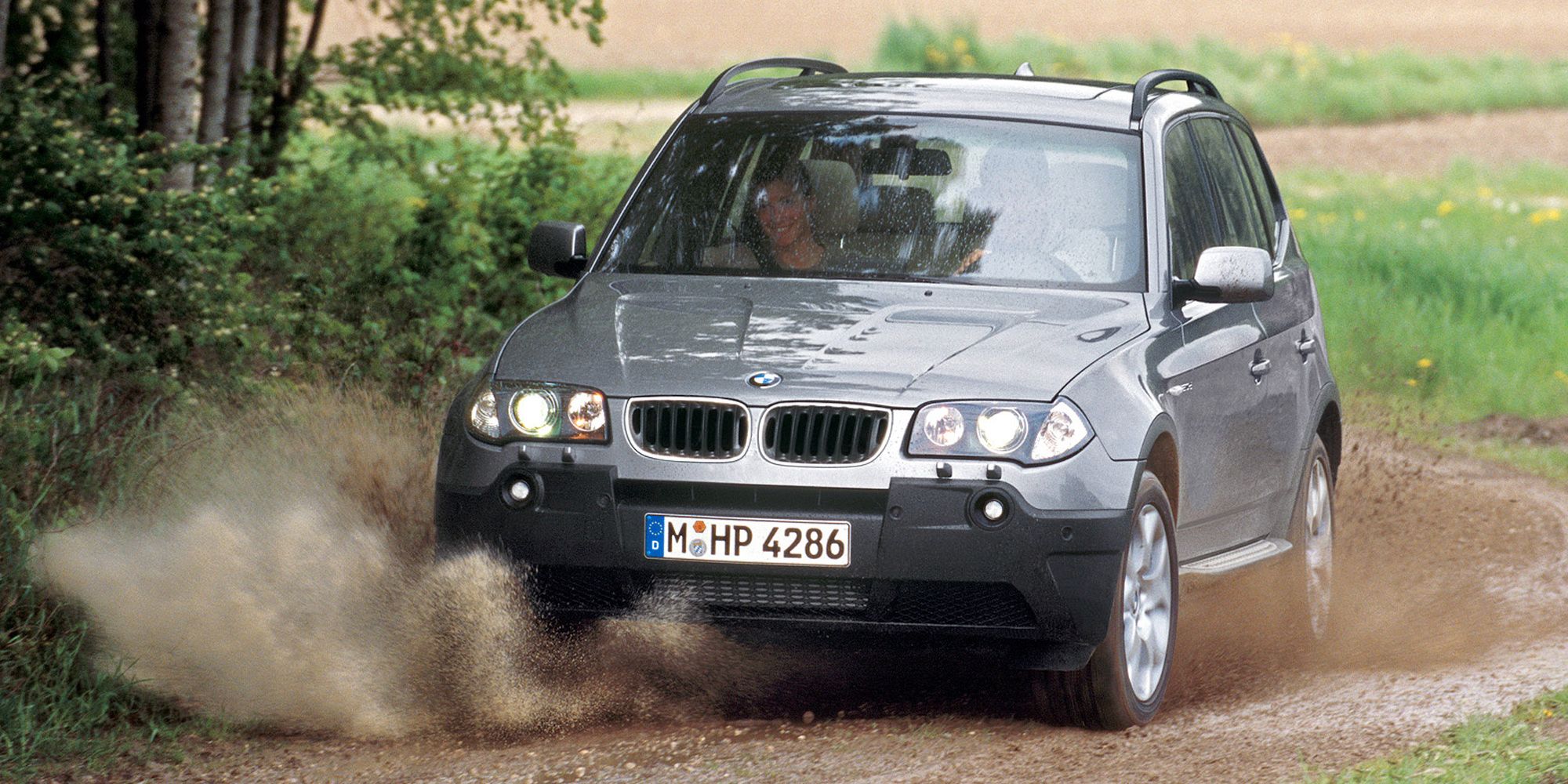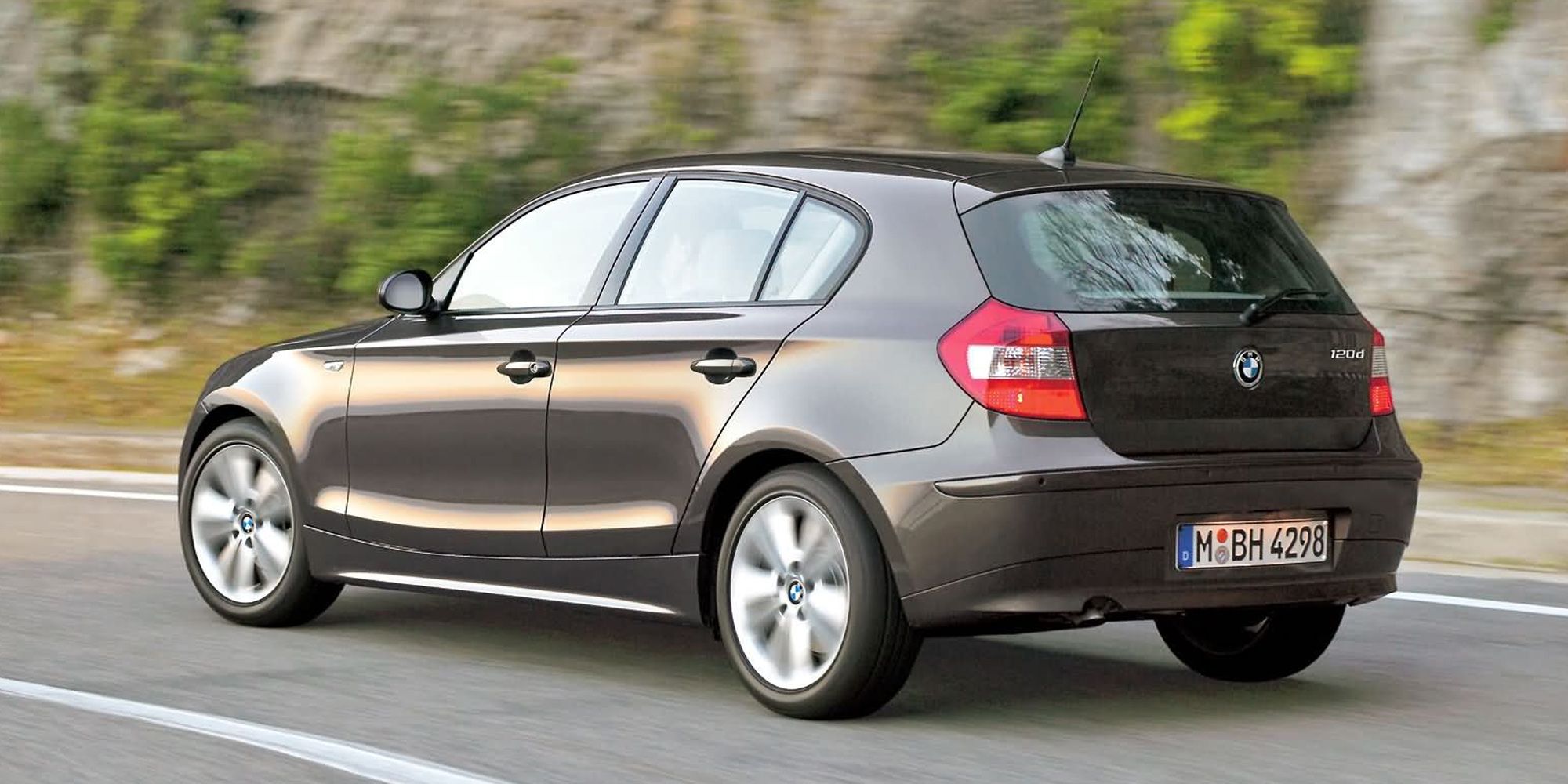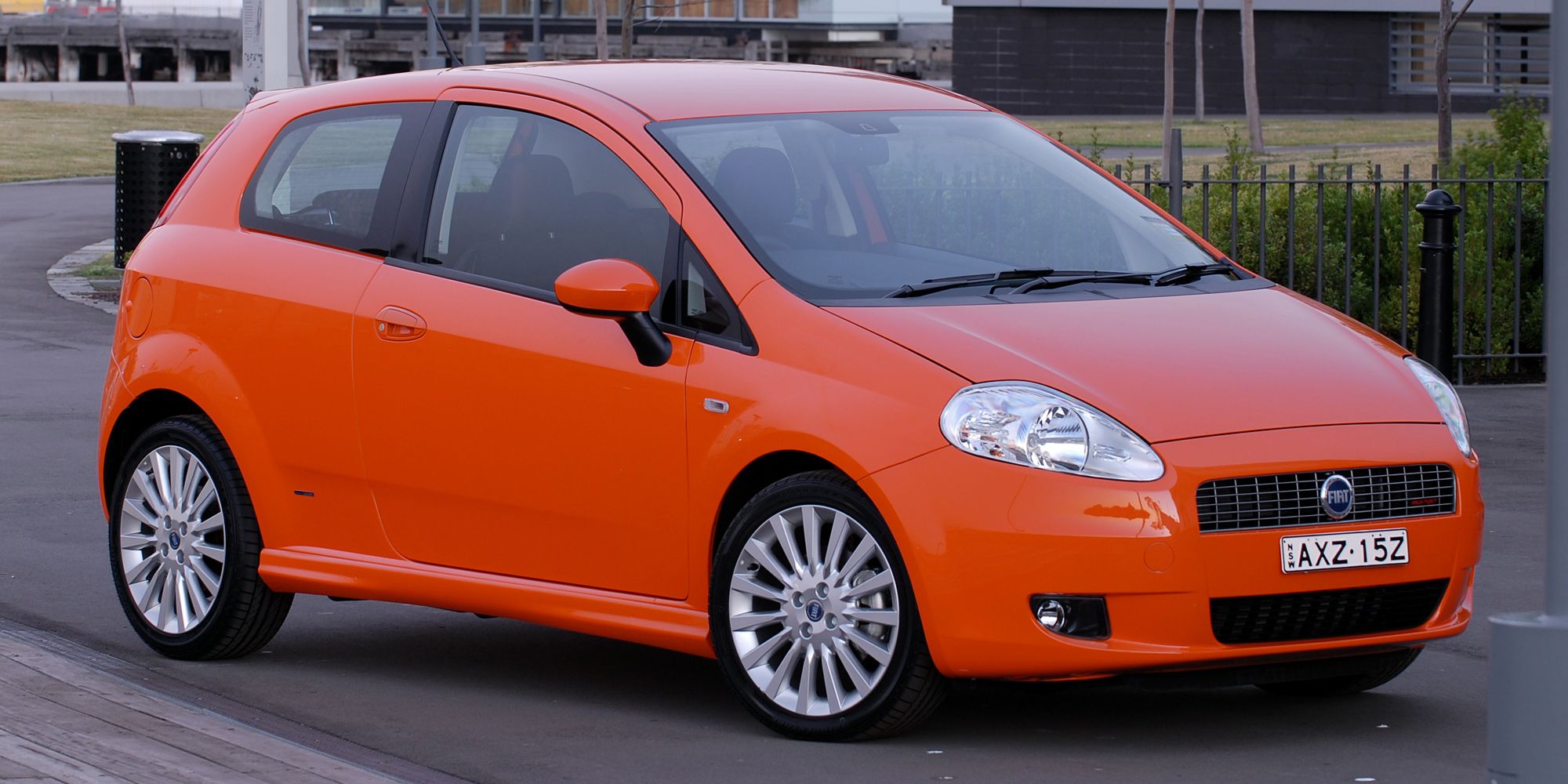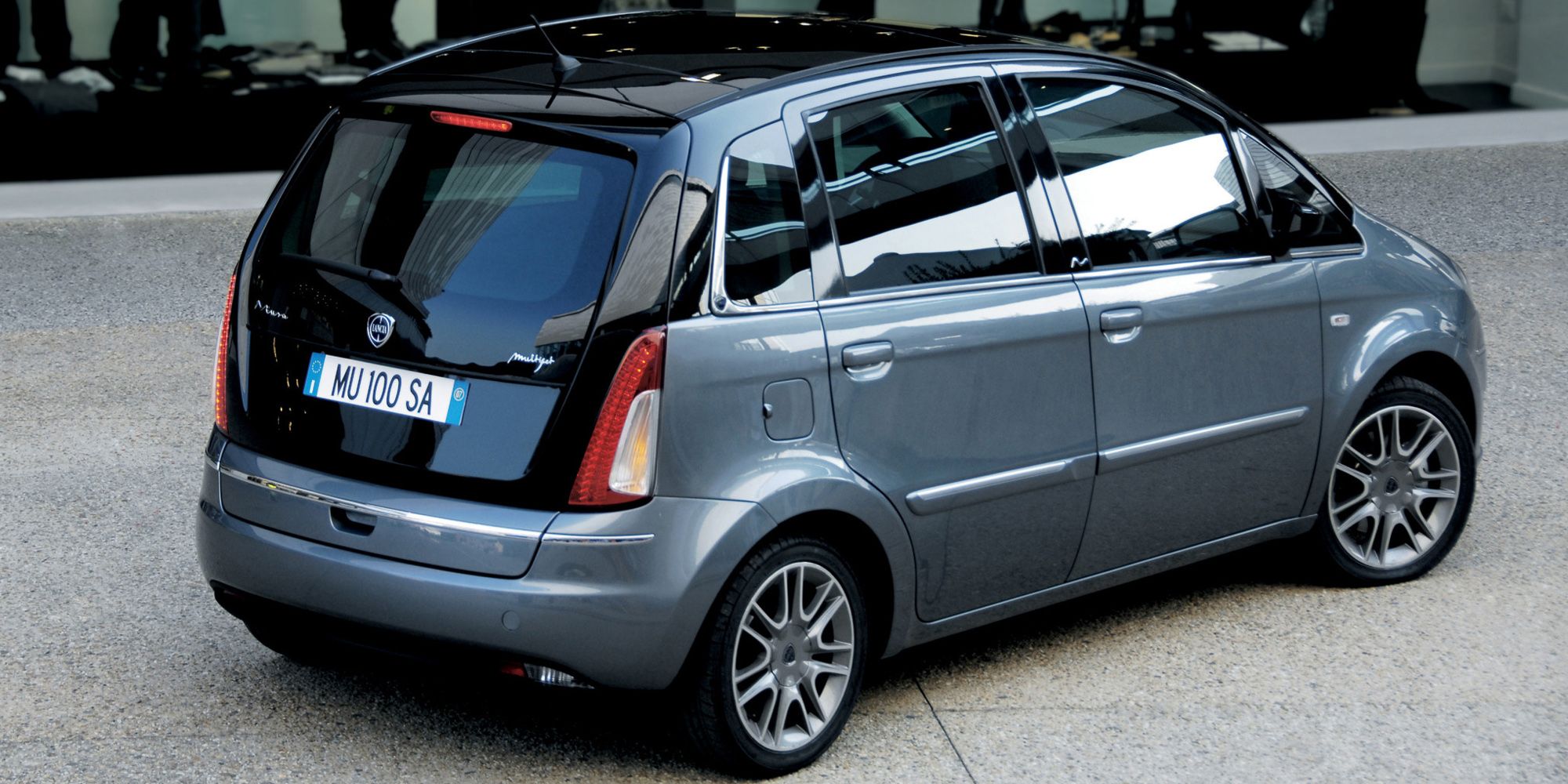Generally speaking, cars that have an internal combustion engine run on one of two different types of fuel that we're all familiar with; gasoline, which is the most common in North America, and diesel. While diesel is less common on light passenger vehicles, and more reserved for pickup trucks in the States, this fuel is way more common in Europe. That's not to say that there weren't some fantastic diesels offered in North America, but there was a period in the 2000s where diesel was believed to be the future of cars with internal combustion, and you can sort of see why.
Diesel engines don't have spark plugs, rather relying on compression, and while they do sound somewhat clattery, they develop a lot of low-end torque and are better for applications that require that. They also have significantly better fuel consumption than gasoline engines, and until a certain automaker got caught red-handed, were thought to produce less carbon emissions. Over the years, we've seen some excellent diesels, and some that were a huge disappointment.
10 General Motors LF9
During the 1970s, America was still recovering from the Oil Crisis, which is an event major enough to require spelling with capital letters. It also ruined some iconic cars. Scrambling on what to do, General Motors saw the breakthrough of diesel engines overseas, and decided to give it a bash and make a diesel engine for use in some of its passenger cars.
Of course, GM did not actually do their homework and study how to make a diesel engine and how it works properly, instead opting to essentially adapt a regular gasoline engine to run on diesel. The end result is a bunch of diesel engines which are so horrible, they consistently find themselves in "worst cars of all time" lists. How does a 5.7-liter V8 with 90 hp sound to you?
9 Volkswagen 2.0 TDI
Volkswagen's 1.9-liter TDI four-cylinder is probably one of their greatest hits, and it's known the world over for how indestructible and tough it is. The 2000s was when the automaker brought out a newer, more powerful diesel, which displaced 2.0 liters in capacity.
This engine eventually found its way in a lot of the Group's cars, from the Audi A3, which is about to get an Allstreet crossover version, the VW Golf, to the Audi A4, A6, the Škoda Octavia, the SEAT Leon and many others. Unlike the 1.9 TDI, the 2.0 TDI is plagued with a laundry list of potential problems, including the oil pump, the injectors, and the dual mass flywheel. If you can live with the lower power output of the 1.9, the 2.0 is best avoided.
8 Ford 6.0 Powerstroke
Even though Ford's powertrains get a lot of flack for reliability and longevity, it's a common agreement that the 7.3-liter turbodiesel V8, dubbed Powerstroke, is one of the most indestructible and reliable powertrains of all time. The same could not be said of its replacement in the early 2000s.
Around this time, Ford rolled out a 6.0-liter Powerstroke turbodiesel to replace the aging 7.3. While things seemed fine at first, owners quickly discovered that the 6.0 is nowhere near as reliable or as durable as the 7.3. Once again, there's a variety of things that can go wrong, with the most catastrophic being the head gaskets.
7 Toyota 2AD-FHV (D4D/220d)
Engine experts in Europe have one piece of universal advice; if you're buying a Japanese car, make it gasoline. If you're buying a European car, make it a diesel. Still, because of the boom that diesel experienced in the 2000s, Toyota decided to give it a try.
The 2.2-liter 2AD-FHV found its way under the hood of stuff like the Toyota Avensis and RAV4, and the XE20 generation Lexus IS, where it was paired with a manual transmission. Misfire is a common problem, and the engine can also randomly split hoses, leading to a bad idle and a lot of smoke from the exhaust.
6 Renault K9K (1.5 dCi)
While Renault has made some cool cars over the years, they have proven themselves to not be very reliable. It's pretty easy to go wrong with just about any Renault product, but one stinker that we'd single out is the K9K diesel, otherwise known as the 1.5 dCi.
Found in cars like the Renault Clio, which had a V6 version, the Megane, Scenic, and the K12 Nissan Micra in Europe, this engine has some pretty problematic injectors. Replacement injectors are pretty expensive, and the same applies to the connecting rods, which are one of the most common failure points.
5 Volkswagen 2.5 V6 TDI
Although Volkswagen's forte is four-cylinder diesel engines, they knew that four cylinders simply wouldn't cut the mustard in the world of luxury cars. Based on the same basic architecture as the aforementioned 2.0 TDI, they put together the 2.5 V6 TDI. This engine found a home in the C5 Audi A6, and for some strange reason, the original Škoda Superb.
While this engine had decent shoved and decent economy for a V6, it was plagued by injector pump failure. If not serviced regularly, the amount of wear on the camshafts increases, throwing up even more potential problems. Luckily, the 3.0 TDI was a far superior engine.
4 Opel / Isuzu Circle L (1.7 CDTI)
The oddly named Circle L was actually an Isuzu-designed powertrain, before German automaker Opel purchased the rights to use it in their cars. A lot of Opel models in the 2000s used this engine, including the Astra, the Meriva, and the Corsa.
If you've gotten to the point where you have to buy an Opel from this time (try not to), avoid this engine at all costs. As well as being unrefined and clattery, the oil pump could potentially leak, and it could leak onto the timing belt, resulting in timing belt failure and a paperweight automobile.
3 Subaru EE20 (2.0D Boxer Diesel)
In 2007, Subaru started a revolution by introducing the first ever diesel-powered boxer engine to ever be installed into a production car. The BP Legacy and Outback were the first to receive it, and the Impreza hatchback got the engine shortly thereafter.
While a lot of the problems with the EE20 were ironed out in later years, the earliest cars are best avoided. Once again, we encounter injector problems and increased oil soot formation. As well as being prone to faults, the Boxer Diesel was difficult to service due to its layout. Beginning in the early 2010s and the introduction of the Euro V standard, all of these problems were sorted out.
2 BMW N47D20 (18d / 20d)
BMW has never had the greatest reputation for reliability, and we all know that. Even its most reliable engines are sometimes prone to minor issues here and there. In Europe, BMW does offer some fantastic diesel engines, but the N47D20 definitely wasn't a hit.
It was a hit in the sales department, but not exactly in the maintenance department. This is infamously one of BMW's worst diesel engines, for one very simple reason; the timing chain is about as durable as a napkin submerged in water. Failure is almost guaranteed, and with that, the owner remaining car-less is also guaranteed.
1 Fiat 1.3 Multijet
Fiat's Multijet line of engines has found a home in a huge variety of cars, from Fiats to Alfa Romeos, Opel/Vauxhall models and even some Saabs. Even the Cadillac BLS used a Multijet engine. Likewise, the 1.3 Multijet found a home in a huge variety of cars, including the Fiat Punto, the Lancia Musa, the Opel Corsa and many, many others.
With this being a Fiat-produced powertrain, expecting it to be bulletproof and reliable was a bit of a shot in the dark. Indeed, the 1.3 Multijet is plagued by insane oil consumption (18,000 mile oil change intervals on some models), and once again, a very weak timing chain.

